Saving for Retirement
When I was 20, I worked for a life insurance company, so I learned early that I needed to save for retirement. Of course, it wasn’t easy. There were bills to pay, then full-time childcare expenses, for twins, then a career change. Even so, mostly thanks to my husband’s employers, we were able to put some money away and have a head start on a retirement nest egg.
It wasn’t until my late 40s, however, that I learned that money isn’t the only thing I needed to save. When writing an article about osteoporosis, I realized that I should have also been stockpiling muscles.
Bone density builds as muscle mass increases. Most people gain the most muscle mass as teenagers and young adults, and that is when bone density is the highest. As muscle mass decreases, bone density starts to decrease as well, although it takes decades to fall to a level that is classified as osteopenia or osteoporosis.
Sarcopenia is a natural part of the aging process. Starting in their late 30s to early 40s, people start to lose muscle mass as muscle turns to fat. (That hardly seems fair, but it’s normal. I haven’t been imagining that it’s harder than it used to be to lose the extra holiday pounds.) To keep the same muscle mass, I have to devote more time to strength training with each passing year.
Just like saving for retirement, the sooner you start, the more you’ll have and more likely you can recover from injuries. Unlike me, my husband spent his teens and early 20s building muscle, working on a farm bucking hay during the summers and working for the railroad hammering spikes into railroad ties. That strength helped him to recover from a serious car accident that ruptured his spleen, fractured his pelvis, and splintered his left leg. Although the muscles on the left side of his body atrophied during his month in the hospital, he had enough strength in his right side to stay functional and eventually recover, despite the injuries.
Financial experts insist that it is never too late to start saving, and the same is true for exercise. I missed out on getting stronger as a teen and young adult, so I can easily say that I am the strongest that I have ever been in my life. In spite of sarcopenia, my muscle mass is increasing thanks to consistent strength training.
I don’t go to the gym though and only occasionally do I lift weights. I gain most of my strength and muscle mass from yoga poses. Chair pose variations, with repetitions and with longer holds, are some of the best ways to engage all the muscles of the lower body. Warrior poses are also excellent to strengthen the legs. Variations of plank—on knees or toes, on forearms or palms or sideways, with a leg lifted or legs together or wide—are my choice for upper body and core strength. I started being able to hold a plank on my knees for only ten seconds and now regularly can hold a whole plank for a minute. I also try to remember to get down on the floor every day and get back up without using my hands.
When I first read the research about the relationship between muscle mass and bone density, I was worried. That feeling has been transformed to confidence as I literally feel myself getting stronger every month. Although I started a couple of decades later than I could have, I am living proof that it is not too late to get stronger. I doubt I’ll have excess physical or financial strength in the last part of my life, but it appears that I will have enough, and that feels good.
Anita Boser, LMP, CHP, BCSI CM , RYT-500
Anita is a Board Certified Structural Integrator CM and graduate of Robin Rothenberg’s yoga teacher training program. Structural integration is a holistic somatic awareness practice that combines bodywork and movement education. Her goal is to help people rediscover the innate joy and healing resource of their bodies. She has a deep understanding of structural and functional anatomy that she likes to share through movement that develops internal awareness and greater freedom. Several of these exercises are explored in her book, Relieve Stiffness and Feel Young Again with Undulation, as well in several professional articles she has authored.



